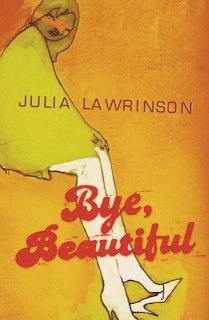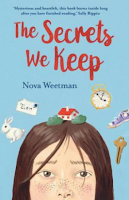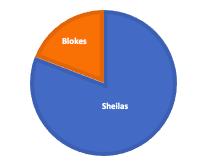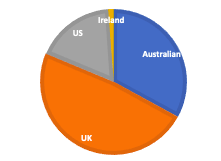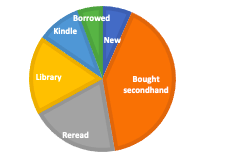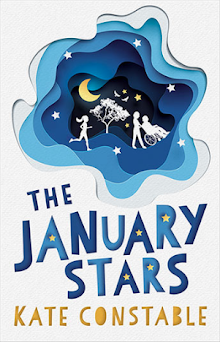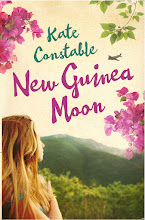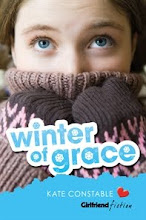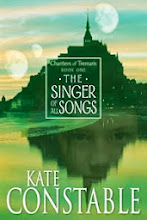Okay, time for my annual cursory analysis of my reading habits, and my annual attempt to remember how to make pie charts. I must confess that in 2021, all my virtuous resolutions went out the window. I made no attempt to explore more diverse authors or try different genres -- my only aim was to read for pleasure and comfort. So I have a feeling my existing biases will be even more on display in this report!
As I have done for the past couple of years, most of the time I have been reading three books simultaneously: one kids/YA title, one adult fiction and one non-fiction book. I find this keeps me from getting bogged down, and also throws up interesting and unexpected resonances between quite dissimilar books. I read a total of 91 books in 2021.
With a reading regime like the one outlined above, you'd expect a ratio of about two thirds fiction to one third non-fiction, and that's roughly how it panned out. A little less non-fiction because some of my non-fiction choices were heavy going and took longer to read.
Slightly more than a third of the books I read were children's literature or young adult, probably because they tend to be shorter and quicker to read, so I could get through more of them. Huzzah!
Ha ha ha, I hardly read ANY books by men this year! It was 81% women authors to 19% men! (I didn't read any books by non-binary authors.) And the male side of the ledger was dominated by Michael Palin, whose diaries I became addicted to. Dearie me. Sorry, fellas.
A sad lack of diversity in the nationalities of my authors, as I suspected. Lots of local authors, but mostly old favourites from the UK -- I do find British authors more soothing than anyone else. The US wedge is made up mostly of Cynthia Voigt, whose Tillerman series I re-read with great pleasure, and otherwise mostly by books that I didn't enjoy much, frankly (sorry to my Yankee friends). One single Irish entry, which was the new Tana French mystery.
Only 7% of my books were gifted or bought new. 41% were purchased secondhand (thank you Brotherhood Books, mostly). 20% were reread from my own shelves. 17% were borrowed from the library. 10% were bought on the Kindle, and the remaining 5% were borrowed from friends or family.
Notable books of 2021
Old favourites: I binged on the uplifting, comforting books of Elizabeth Goudge, and the delightful, haunting Green Knowe books of Lucy M. Boston, as well as Cynthia Voigt. New authors: I discovered the accomplished, beautiful work of Jill Paton Walsh (though I still need to track down Goldengrove), and the lively, wicked, wartime mysteries of Robert Gott.
In non-fiction, Kim Mahood's Position Doubtful and Farmers or Hunter-Gatherers? by Keryn Walshe and Peter Sutton gave me much to think about and shook up my perceptions of Aboriginal Australia. Helen Garner's second volume of diaries, One Day I'll Remember This, was a greedy pleasure and a brilliant set-up for the third and final volume.
In fiction, Leanne Hall's extraordinary The Gaps was the best young adult novel I read last year, and Diana Reid's Love and Virtue was cool and devastating.
Wishing everyone a happy reading year for 2022!


